Difference Between Dams and Barrages
Feb. 18, 2024
Dams and barrages are both hydraulic structures used for water management, flood control, irrigation, and hydroelectric power generation. However, they serve distinct purposes and have different designs and functions. Here are the key differences between dams and barrages:
1. Purpose:
Dams: Dams are large barriers built across rivers or streams to impound water, creating reservoirs or lakes. They are primarily used for storing water, regulating flow, and generating hydroelectric power. Dams can also provide flood control, recreation, and water supply for domestic, agricultural, and industrial purposes.
Barrages: Barrages are low-head structures constructed across rivers or estuaries to regulate water flow, control sediment transport, and manage saline intrusion. They are typically used in coastal areas to prevent seawater intrusion into freshwater systems, maintain river navigation, and facilitate irrigation.
2. Design:
Dams: Dams are typically massive concrete or earthen structures built to withstand the pressure exerted by the impounded water. They feature spillways, intake towers, and outlet works for regulating water flow, and may incorporate hydroelectric power stations or fish ladders to accommodate environmental and energy needs.
Barrages: Barrages are generally lower in height and less massive than dams. They often consist of gates, sluices, or movable barriers that can be opened or closed to control water levels and flow. Barrages may also include fish passes or locks to facilitate fish migration or navigation along rivers and estuaries.

3. Function:
Additional reading:Enhancing Furniture with ABS Edge Bands: A Comprehensive Guide
Is Jushi Fiberglass Chopped Strand Mat Sustainable?
Are PE Tarpaulins with Buckles Worth Buying?
Metal Flex Corner Tapes: Revolutionizing Home Renovations?
10 Ways to Transform Your Fire Escape Cloak
Survival Tips: How to Use Fire Escape Cloak?
Why You Should Consider the Advantages of Utilizing Strong Threaded Reinforcing Steel Mesh
Dams: Dam structures serve multiple functions, including water storage, flood control, irrigation, hydropower generation, and recreation. They can impound large volumes of water, create stable reservoirs, and release controlled flows to downstream areas as needed.
Barrages: Barrages primarily function as flow control structures, regulating water levels and preventing saline intrusion in estuaries and coastal regions. They may also facilitate irrigation, navigation, and ecological restoration by maintaining suitable water levels and flow regimes.
4. Location:
Dams: Dams are typically built in upland areas along rivers or valleys where topography and geology permit the construction of large impoundments. They are commonly found in mountainous regions or deep valleys with high precipitation and potential for hydropower development.
Barrages: Barrages are often constructed at the mouths of rivers, estuaries, or tidal basins where freshwater meets seawater. They are prevalent in coastal regions prone to saline intrusion, where they help maintain freshwater supply for agriculture, industry, and urban areas.
Conclusion:
In summary, dams and barrages are both vital components of water infrastructure, but they serve different purposes and are designed accordingly. Dams are massive structures primarily used for water storage, flood control, and hydropower generation, while barrages are lower-head structures employed for flow regulation, saline intrusion prevention, and coastal management. Understanding the differences between dams and barrages is essential for effective water resource management and infrastructure planning in diverse geographical and environmental settings.
Revolutionizing Construction: Threaded Reinforcing Steel Mesh - Are they worth the investment?
Stainless Steel Wall Mount Ceiling Mount Pipe Supports ...
10 Questions You Should Know about PVC Coated Fiberglass Cloth
How to Choose Silicone Coated Fiberglass Fabric? A Comprehensive Guide
Transforming Your Home with FEVE Coated Aluminum:"Is this the ultimate solution for home design?
Exploring the Benefits of Using PVDF Color Aluminum Coil For Refrigerator Lining Plate
What is the Advantage and Disadvantage of Color Aluminum Coil For Embossing Materials
122
0
0
Related Articles



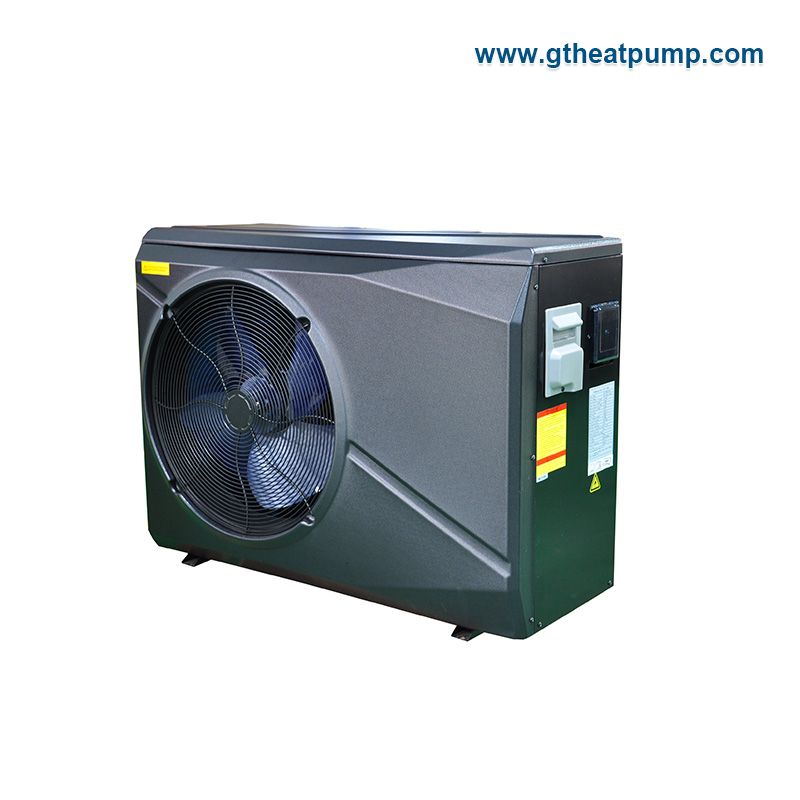
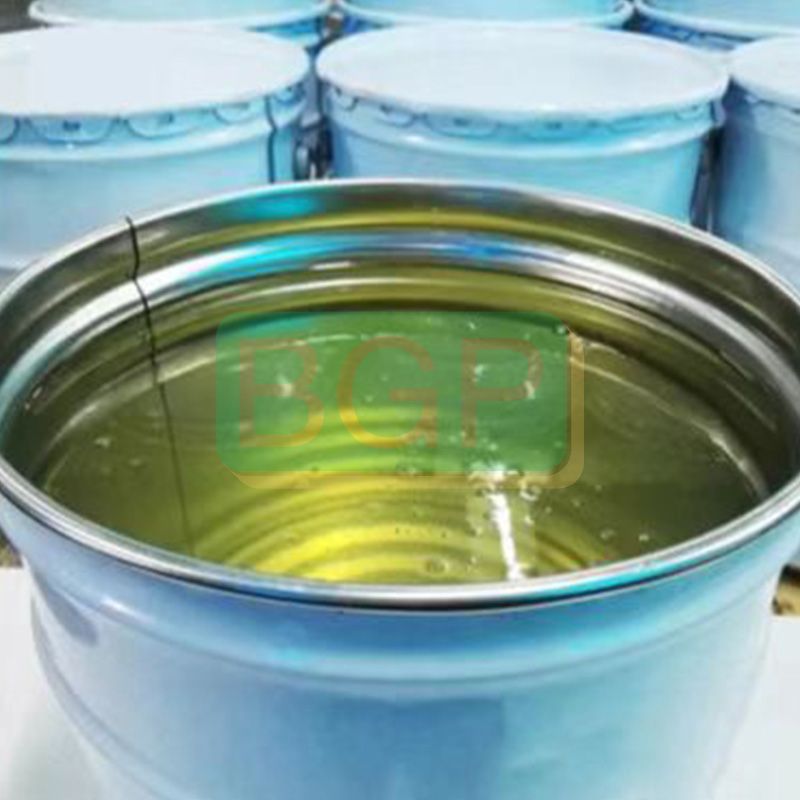
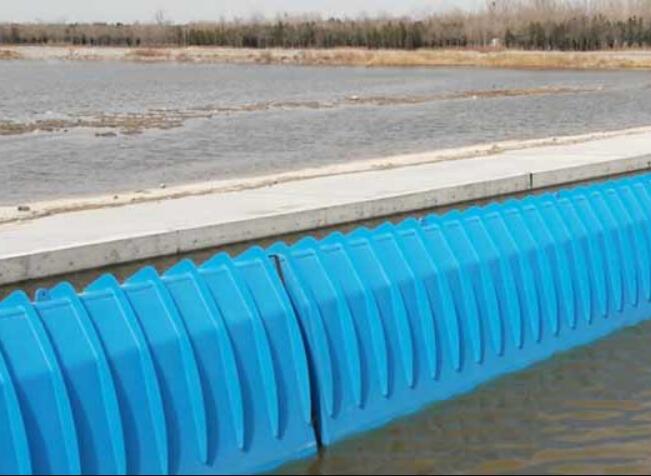
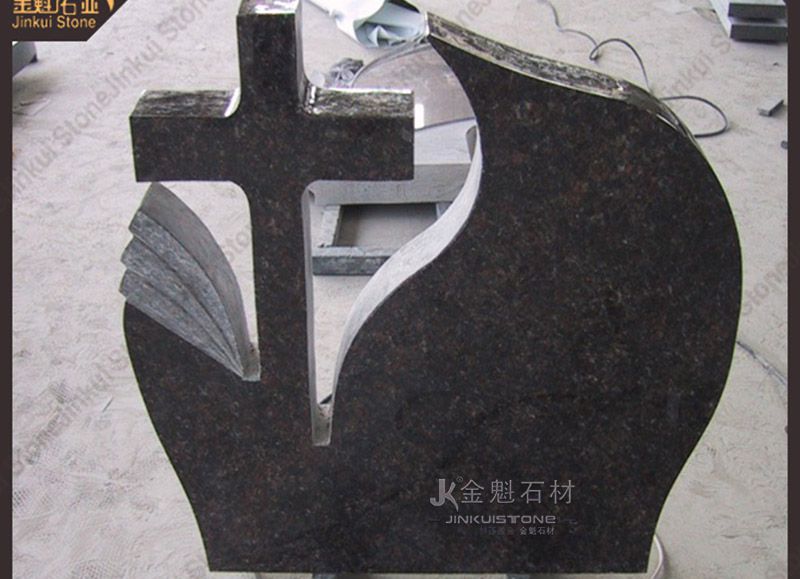

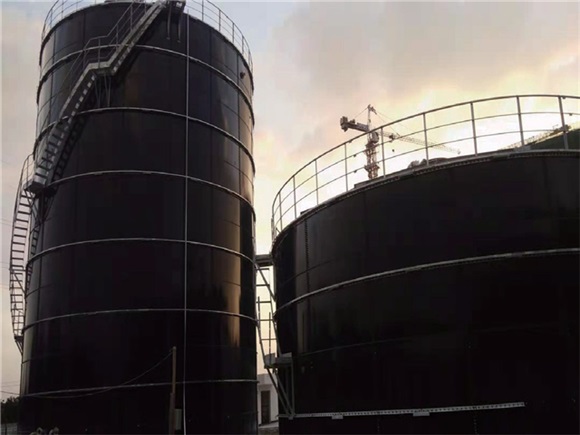
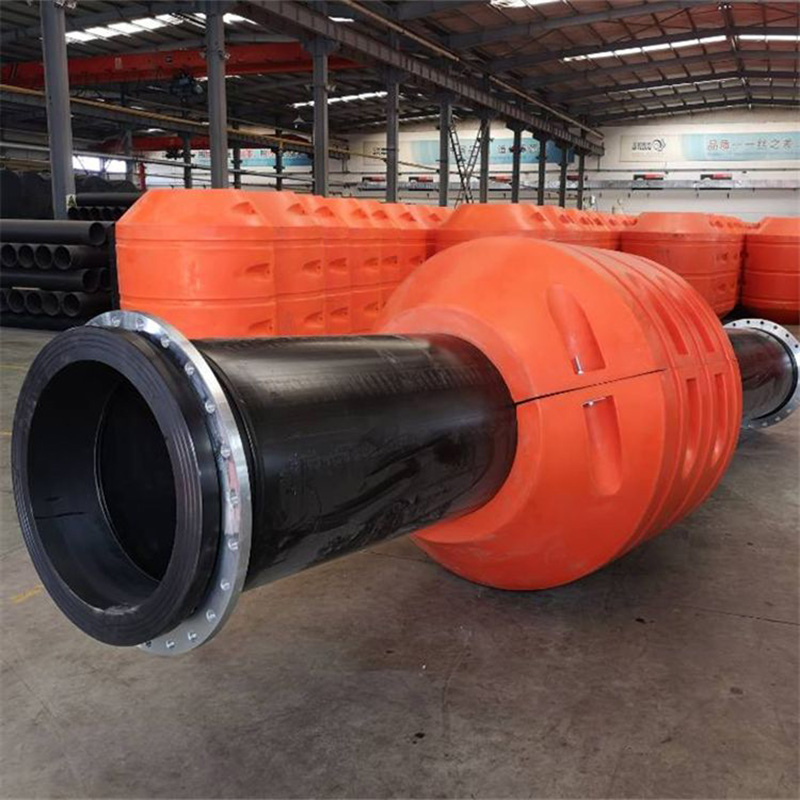
Comments
All Comments (0)